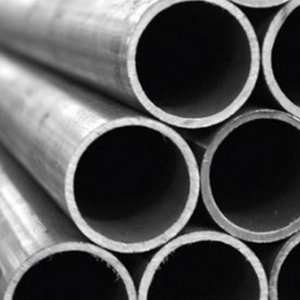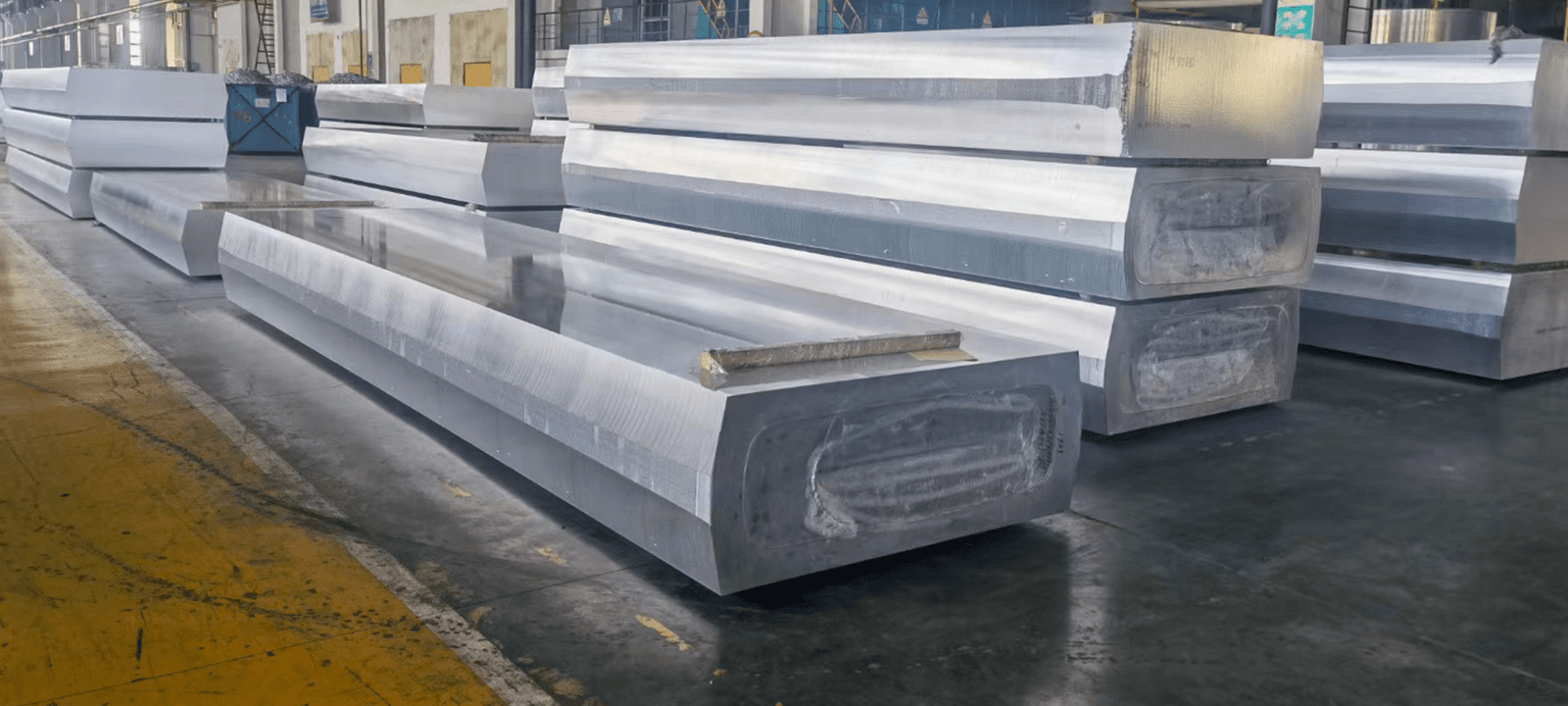Type 304L (UNS S30403/1.4307)
- Low Carbon Content: With the reduced carbon content, Type 304L Stainless Steel reduces the carbon precipitation, present during the welding.
- Corrosion Resistance: Unlike other stainless steel, Type 304L Stainless steel can be used in environments that are highly corrosive without fear of degradation.
- Heat resistance: As a result of its resistance to heat, you only need the services of annealing when welding in high-stress applications.
- Cold forming: 304L Stainless Steel is ductile and can be cold worked by stamping, drawing, bending, or forming methods.
Description
304L Stainless Steel is resistant to oxidation, thereby making it free from corrosion. 304L is also low on carbon and doesn’t require annealing.
Great thanks to its level of versatility, Type 304L Stainless Steel is commonly used in beer-brewing and winemaking, but way beyond the food industry, it is used in mining, construction, and chemical containers. It is convenient for use in metal parts such as nuts and bolts that are exposed to saltwater.
Executive Standards:
- DIN ……………………. X2 CrNi 19 11
- EN …………………….. 1.4301
- ASTM ………………… S30403
Other names: NIL
Chemical Properties:
- Carbon ………………………… 0.03 max.
- Phosphorus …………………. 0.045 max.
- Manganese ………………….. 2.00 max.
- Silicon ………………………… 0.75 max.
- Sulfur …………………………. 0.03 max.
- Chromium ……………………18.00-20.00
- Nickel …………………………. 8.00-12.00
- Nitrogen ……………………… 0.10 max.
- Iron …………………………….. Balance
Mechanical Properties:
- Tensile Strength …………………………..…. 485 (MPa) min.
- Yield Strength Proof …………………………. 170 (MPa) min.
- Elongation ……………………………………… 40 (% in 5omm) min.
- Hardness ……………………………………….. 92 (HRB) max.
Physical Properties:
- Density ……………………………………. 8.03g/cm3
- Specific heat ……………………………. 500 J/kg oK
- Electrical resistivity …………………. 72 microhm-cm
- Thermal conductivity ……………….. 16.3 W/m-k
- Modulus of Elasticity (MPa) ……… 193 x 103 in tension
- Melting Range …………………….……. 2550-2650oF
Product forms available: Sheet, strip, bar, plate, pipe, tube, coils, and fittings.
Applications: Food processing equipment, Kitchen appliances, Architectural trim and molding, chemical containers, heat exchangers, Fasteners in the marine industry.
Key features: Type 304L Stainless steel has a minimum of 18% chromium and 8% nickel. The carbon levels measured at 0.030 maximum.
FAQs:
- Does the 304L Stainless Steel rust?
Since the 304L stainless steel is made to be durable, it has a spectacular resistance to rust and corrosion, as long as your application employs milder acids or doesn’t contain salt exposure, 304L is good to go.
- What is the difference between Type 304 and 304L stainless steel?
In reality, both Type 304 and 304L can be used for many of the same applications. The differences are often minor enough and one can’t be considered more useful over the other.
- How does the 304L stainless steel respond to welding?
The 304L stainless steel minimizes carbide precipitation during the welding process and this allows it to be used in the “as-welded” state, even in dire corrosive environments.
Get A Free Quote Now!







